-
Posts
471 -
Joined
-
Last visited
-
Days Won
2
Content Type
Forums
Gallery
Store
Posts posted by Rachel Cameron
-
-
-
So sorry. I wrote too quickly. I soldered them in. Was a bit tricky with no solder cups. I used the needle tip that came with my Weller solder station.
-
Wonderful article David! Very illuminating.
-
I use what ever three conductor I can find, but was used for audio in the past. Multipair, from a Whirlwind snake. Sometimes from a rack install if there's a need for more sturdy cable stock. Redco TGS-1 has been suggested here on other threads (by Mr. Toline).
-
Very true, Vin. But since it didn't matter...inside a busy bag, it'll just last longer. I've had wall warts with 24ga. coming out of them. I always think it's scary thin, and then they eventually break under heavy use, or fray. But this one's tough as nails. I love my sturdy cable.
And I got permission from the wiring lords here, anyway.
-
-
Closure. Looks a bit rough, but I took the liberty of clipping the 1 and 4 solder cups flush and
stucksoldered the ends down inside. I pulled 2 and 3 completely, since they were only vestiges from a previous life. I trimmed the little nylon wall between them. Hot melt glue and a razor. The cable is mighty burly for bag work now. 22-24 ga. was wimpy. I can sleep now. -
On 2/13/2017 at 5:56 AM, mikewest said:
Hey RPS start living please!!!!!!
mike
I laughed out loud.
-
True..leave the parachute pants (or the taffeta skirt) at home. I boom with one eye on the meters, one eye on mic proximity and one eye on my feet. Seriously though..I've kicked stuff, stepped on leaves, even shuffled my feet noisily. So yeah..it's kind of a creeping ninja thing. Sometimes I'll rock into a shot, rather than take a step, because I know in a few seconds, the talent will move back. It's a dance for sure. Footwork is highly important here. Soft squishy shoes. Plan your dance. Sometimes I'll ask to have a few cables skinnied up for my safe passage through the shot. I rehearse with the talent (or my boomie does). Get room tone for these moments. Hope it doesn't happen on a line.
-
1 hour ago, giraffe said:
So, do you guys use ninja power while you walk?
What's ninja power? Is that like walking on the rice paper without leaving any trace?
-
10 hours ago, davidtirolo said:
post will definitely build a mix, or at least reserve the right to. sometimes they use your mix. but a mix is still essential on set for comteks and video village. many who are listening don't really get the difference between monitoring and what is being recorded, and don't know about building a mix from your ISO's vs the mix on set. Also, in their defense, they want to get lost in the moment and watch the performance, and good audio ie the best mix you can on set is a huge part of that.
When I started, it was boom and a lav. One sit down interview after another, followed by run-n-gun broll. For years. Audio importance rather nominal on the b-roll. Ambi/atmos. I never tried for a mix as it was not necessary. Then my jobs started changing..
Good points David. +1
-
2 hours ago, codyman said:
A comprehensive video on the inauguration's entire sound setup. Seriously, I've reached that point where I truly believe the internet has damn near everything you'd imagine (and then some).
Holy crap.Amazing. -
Nice job, VAS. I'm sure my mix track is never used. I still try for it anyway.
-
1 minute ago, mikewest said:
I've just escaped a wonderful debacle!
Brief from Producer:
1/2 day shoot / stage production dress rehearsal / 3 cameras / 30 actors / 2 hour running time
Small budget (not defined) / we cannot afford a sound assistant / we want a high quality recording
Can you use radio mikes or slung mikes?
My answer - "No thanks"
mike
Good answer. So...was he asking for thirty wires? Or was that just the number of actors on stage at one time?
-
17 hours ago, LarryF said:
The feed point of the lpda is at the small end of the antenna. It has to be balanced, hence the balun in Mark's schematic. However, regular coax is unbalanced and having coax hanging at the front small end of the antenna will distort the pattern. A clever way of accomplishing a balun is to run coax down the exact center of the lpda coupled to one leg of the dipole array (soldered along its length) with the connector at the big end. The connected coax should move perpendicular to the final dipole arms, not in the direction of the arms or next to them.
Wow..it acts as a balun. I have critical mods to make.
13 hours ago, stacysound said:Nothing like a good RF discussion to get Larry to dust off the keyboard. Thank you kind sir for your expertise and knowledge.
Yes, so true stacysound! Much thanks Larry. As always, we really value your input here.
-
22 hours ago, Philip Perkins said:
..With the L brackets attached to the bar with a single bolt the antennas can pivot inward, so the thing folds flat--easier to transport--can even go in a case w/o being disassembled. You can for sure think of a more elegant way to mount the fins, and I must say that they've held up really well over 15 yrs of use. btw, what's inside the black fabric covering of an RF "Venue" antenna is basically the same "circuit board" type LPA.
I would not recommend trying to move the connector to the back--you might ruin the antenna by removing the connector from where they put it...
Sounds like it's worth a pic, next time you have it set up, Philip. Sounds easier to deal with. Yes, the connector should stay there. I didn't like the adhesive cable stays/zip ties method. So when I was ordering my cables, I found these SMA female jack right angle panel mount PCB solder square RF connector adapters, and decided to solder the disconnect there. The Kent LPDA only comes with putter holes at the small end of the LPDA.
Regarding the RG316: truly tough stuff. It has the feel of a something like a bike brake cable (not the housing, the cable). So strain relief doesn't seem to be a need. They coil very nicely, were custom made, and very inexpensively, too. I like the informal way the RG316 falls when it's all built. I just need to find a suitable storage system for it all. Working on that now.
-
One thing I feel is critical: the responsibility to let someone know ASAP if you are not getting the sound they need. Usually, I'll know as soon as I arrive on location...or I'll get a mic up asap, then confirm. This is a real delicate issue. No one wants to hear this, so I handle it as carefully as I possibly can. I'll be approaching with two solutions, to have a very private conversation with the AD (or the director on smaller, more informal jobs, which are most of what I get). And if there's nothing that can be done, I've at least dispelled my responsibility to let them know.
-
Thanks Mark, for the suggestion. Currently, I'm working on a storage/quick deploy system for them. I've yet to figure out a way to hang the two splitters in a permanent, but out-of-the-way spot on the cart, too.
-
My DIY sharkfins. Super easy to make (thanks Ken Wilkenson for the encouragement).
I took some aesthetic license and went with PC board green, wood and brass. I used commercial conduit for the crossbar, but I didn't figure the paint would adhere to the galvanized surface too keenly. And it didn't. I'll switch it out for aluminum eventually. I also got SMA disconnects for the cabling. Been using them for a while now, and they work great.
-
Looks engaging. Thanks for sharing...
-
37 minutes ago, daniel said:
'....A lot of homes, schools and offices in UK use Blu-tack or similar for hanging pics and posters but it does leave a bit of a residue, eventually.'
Same here in the states. I've never left it anywhere long enough in audio, but I've seen it stain wall paper, and gypsum board to a pretty shade of powder blue, after a prolonged period of contact.
And putting it between XLR solder cups is a good idea. I bet it's much easier to pick out of there than the hot melt glue I use (but I feel the hot melt glue holds a little more firmly).
-
4 hours ago, Fred Salles said:
I really wonder where did we get the nickname "mastic américain" for it then !! ;-)
if Bostick does not leave oily traces then it seems similar.
3 hours ago, Tom Duffy said:Yes, in the UK it was sold mostly as 4"x5" sheets from what I remember. Held my collection of postcards on the bedroom wall just fine.
Still can't find any background info on why Bostick never marketed it in the US under the Blu Tack brand, or licensed it to any other manufacturer.
I think it's all the same product. So maybe it was licensed to 3M/Scotch and Loctite here in the States? I dunno, but I had it in my lav quieting kit as this Scotch brand removable mounting putty. It never leaves any oily traces, either...
Good stuff.
-
-
On 2/27/2017 at 1:07 PM, John Blankenship said:
...and (as Mungo offered) are being mislead by the name.
I also agree with Mungo.
Misleadingunfortunate name.To me, Dan Dugan's Automix is just another tool I've added to layers and layers of tools. Some of these tools have pots and faders and switches, others don't. Those other, more complicated tools took years to get. Those are the tools I get called back for. Sansattitude® was the most difficult to get, and I'm constantly updating the firmware.

.png.279748a58a2b862b7aa5f3b84126e232.png)

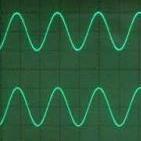
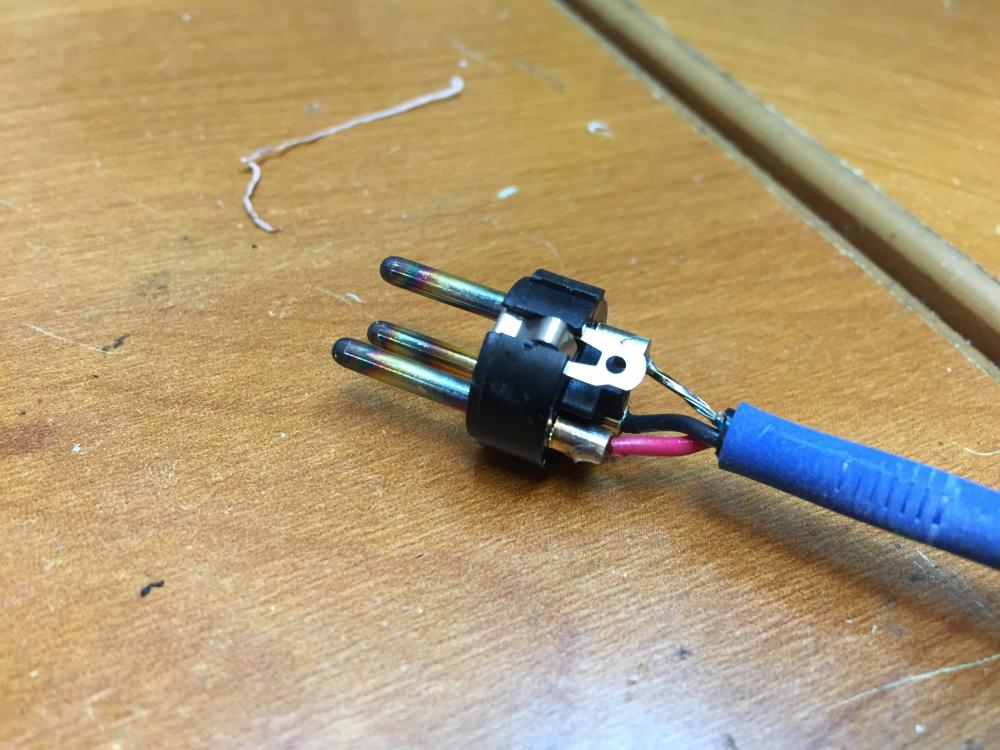

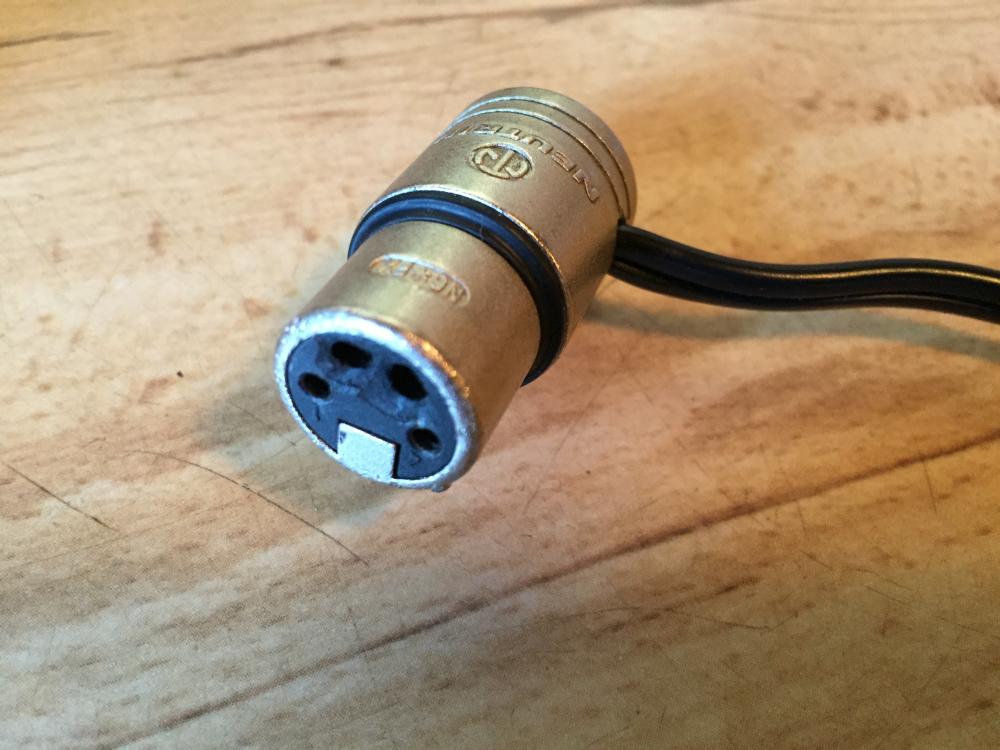

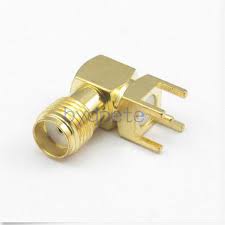
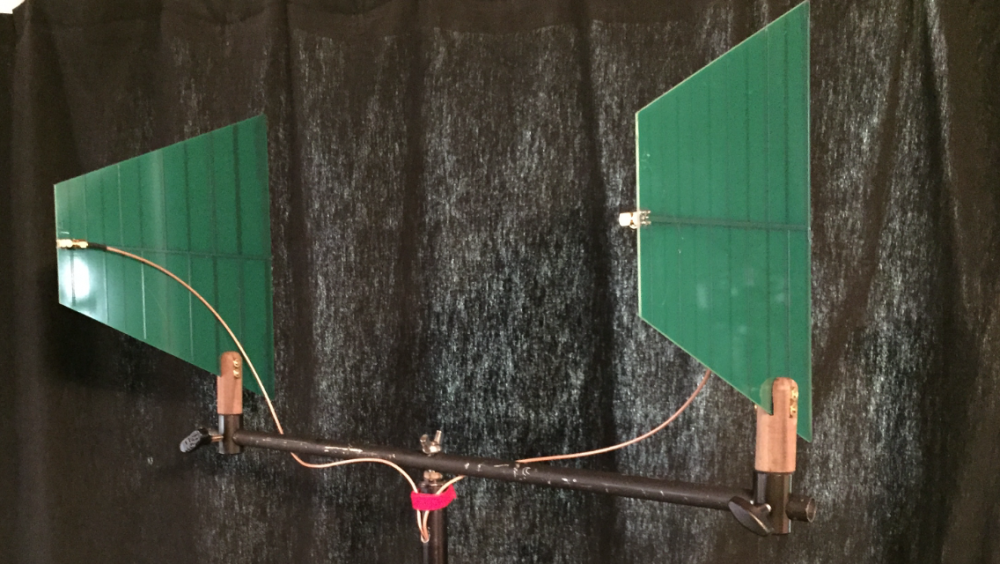


Lectrosonics SMQV
in Equipment
Posted
I noticed it on my newest pair too. I thought it was just cosmetic. I've not noted any difference between the old and new pair.